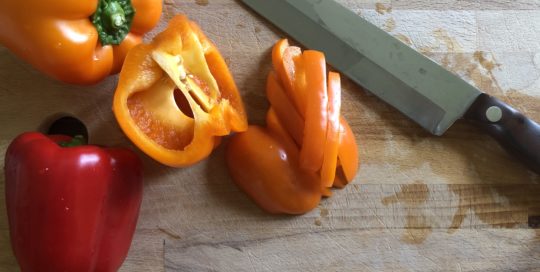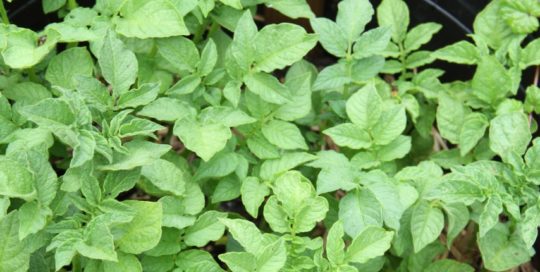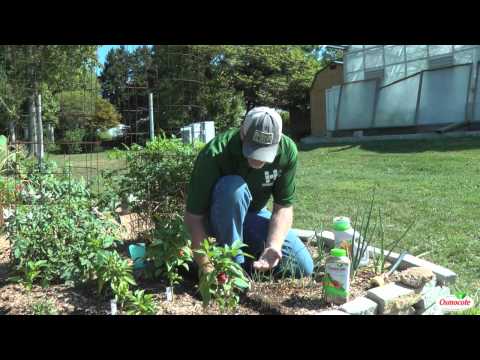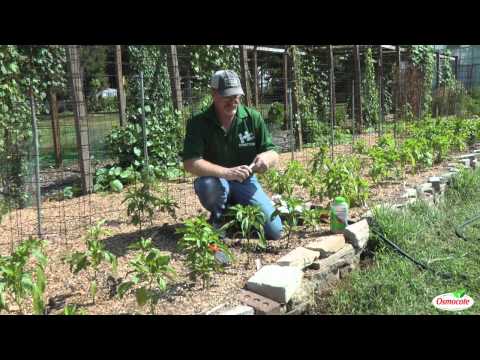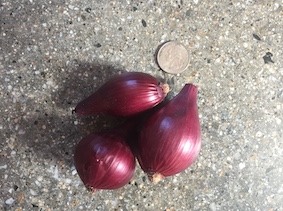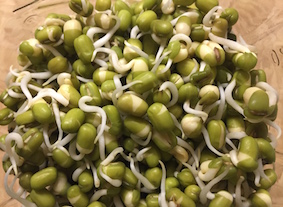I love growing (and cooking) beans because they’re a versatile vegetable. When the pods are young and tender, they can be eaten raw or steamed, or you can leave them on the vines until they’re dry, and then harvest and store them as dried beans. This article tells why you should add beans to the vegetable garden.
Personally, I use beans from our garden in everything from salads and soups to stews and chili. You can add color to a dish with bean pods that are purple, burgundy, yellow, striped or mottled. There’s the unusual asparagus pole bean, which grows 14 to 30 inches long and can be blanched or stir-fried. At the top of my list is the Romano bean, a prolific producer with pods up to 10 inches long. I like them simmered and prepared with olive oil, balsamic vinegar, and parsley to bring out the Romano’s mild beany flavor.
For best results, grow beans in full sun (more than 6 hours a day) and well-drained, fertile soil and they generally are a carefree crop. They’re ready for picking anywhere from 45 to 60 days or so from the time they germinate depending on the variety.
The Power of Pods
Green beans were once called string beans because of the fiber that developed along the pod’s seam. Over the years, plant breeders reduced the fibers and green beans are now called “snap beans,” which includes both bush and pole beans, such as Kentucky Wonder, Royal Burgundy, Purple Pod, and Blue Lake.
One of my favorites is the stringless French filet bean or haricot vert. These tender beans reach their peak flavor when they’re about 5 inches long and only 3/8-inch wide. Pick them every three days for an ongoing harvest.
A healthy plant should produce about 2 quarts of bean pods. Fava or broad beans yield about 1 pint of shelled beans per plant. Windsor is a classic fava bean, with 5-inch pods that contain up to 5 large beans that can be used as fresh green “shell” beans or dried beans. Most beans like warm weather, but fava beans prefer cool mild conditions found in spring and in fall.

